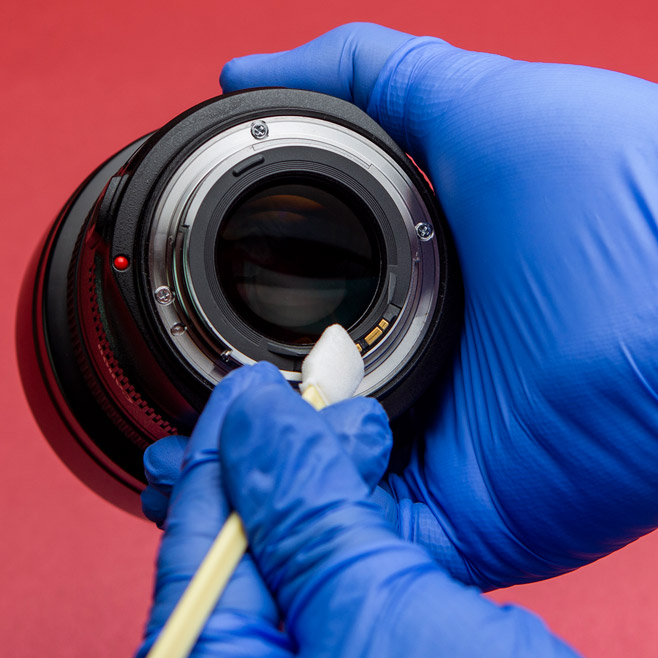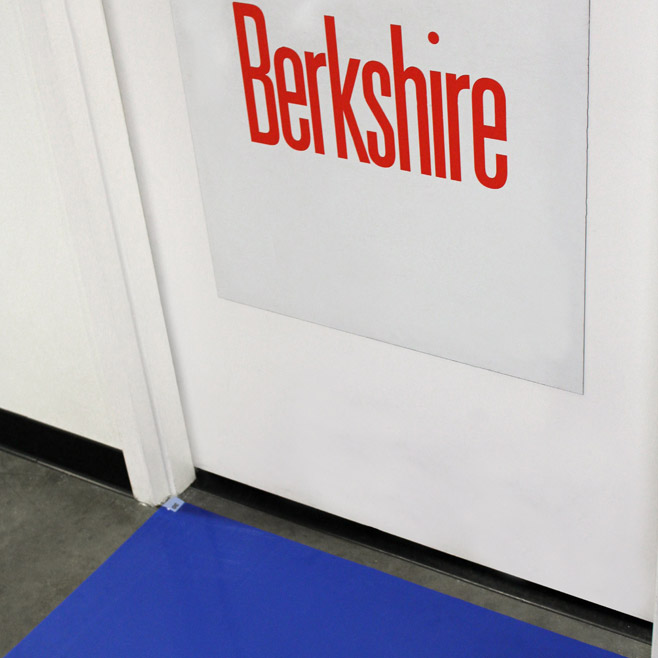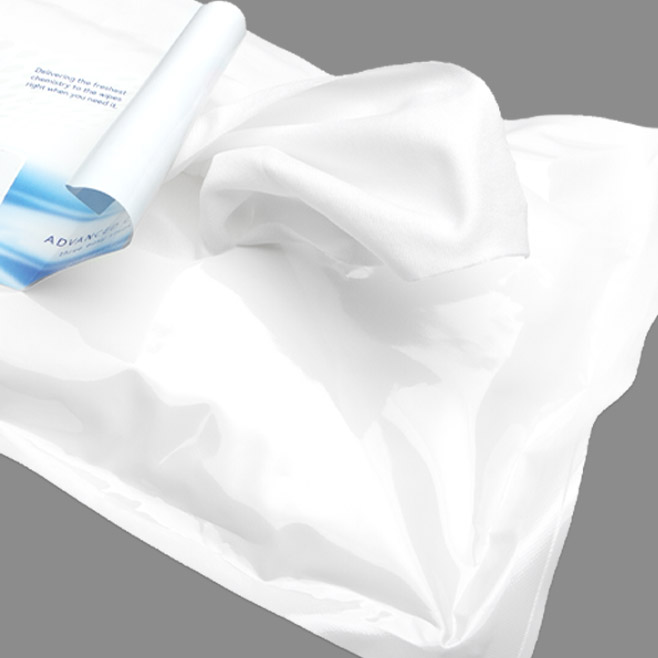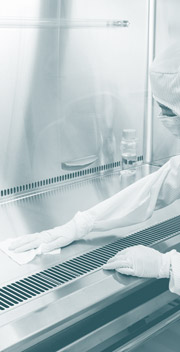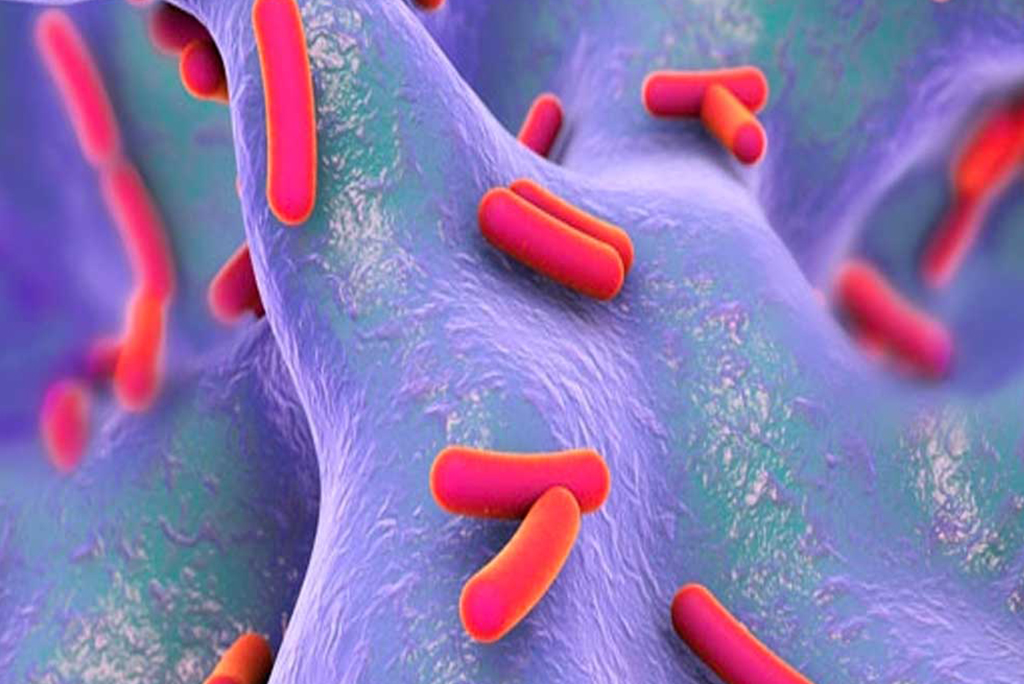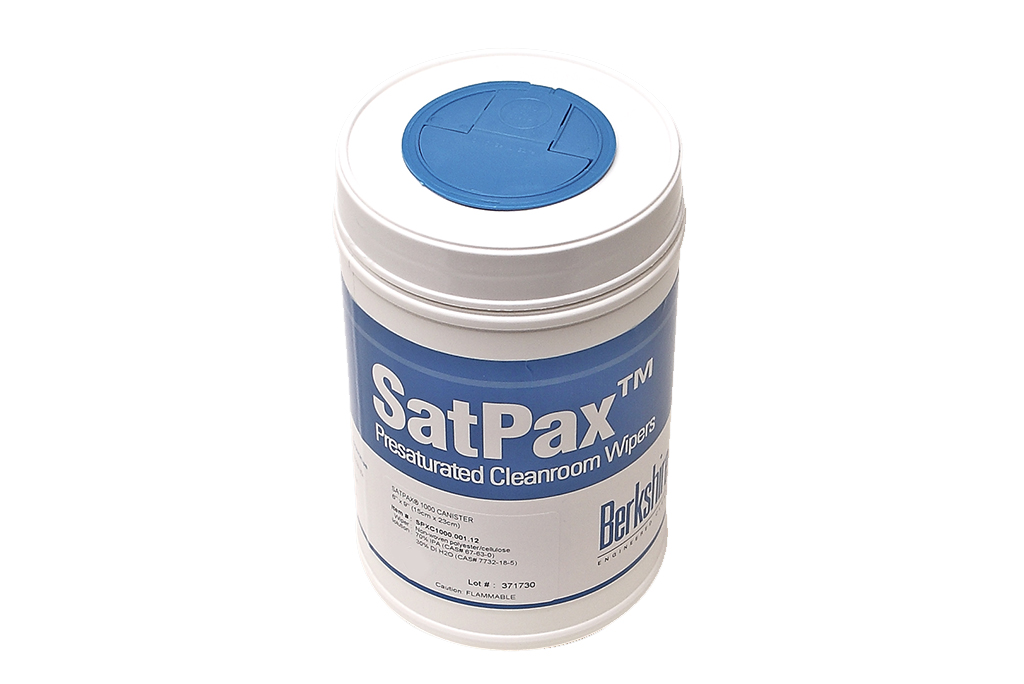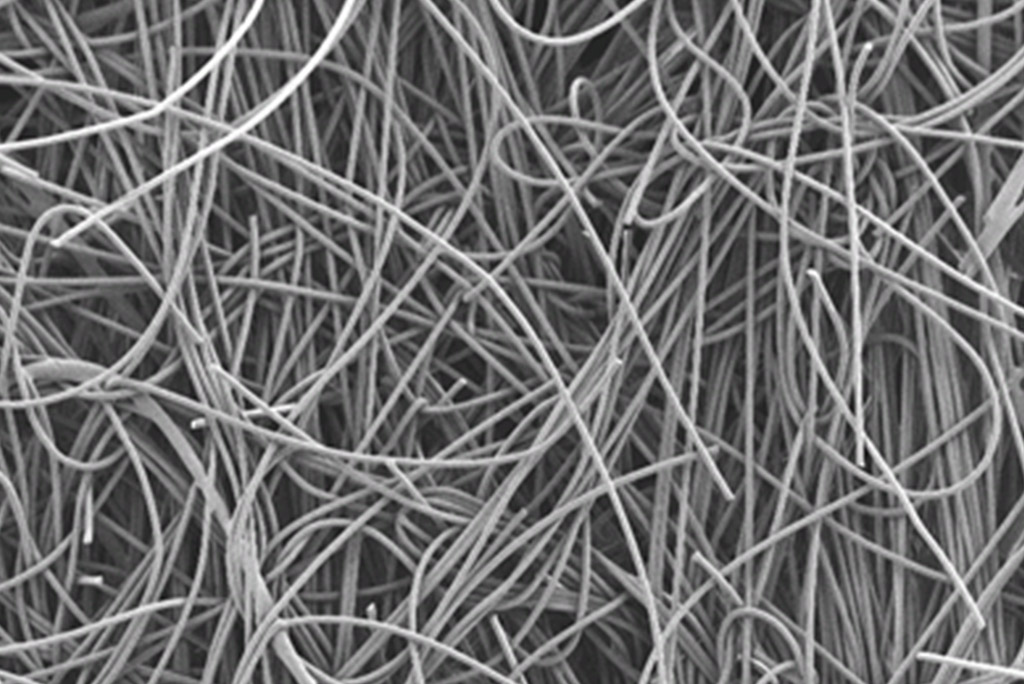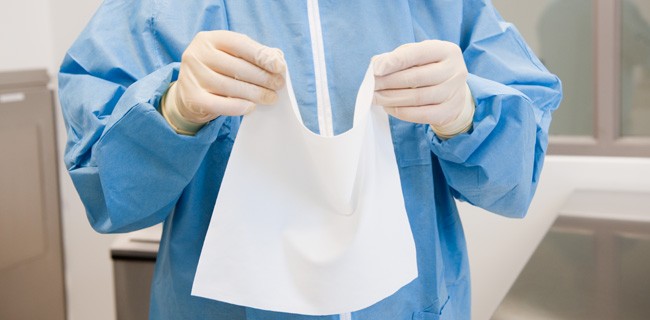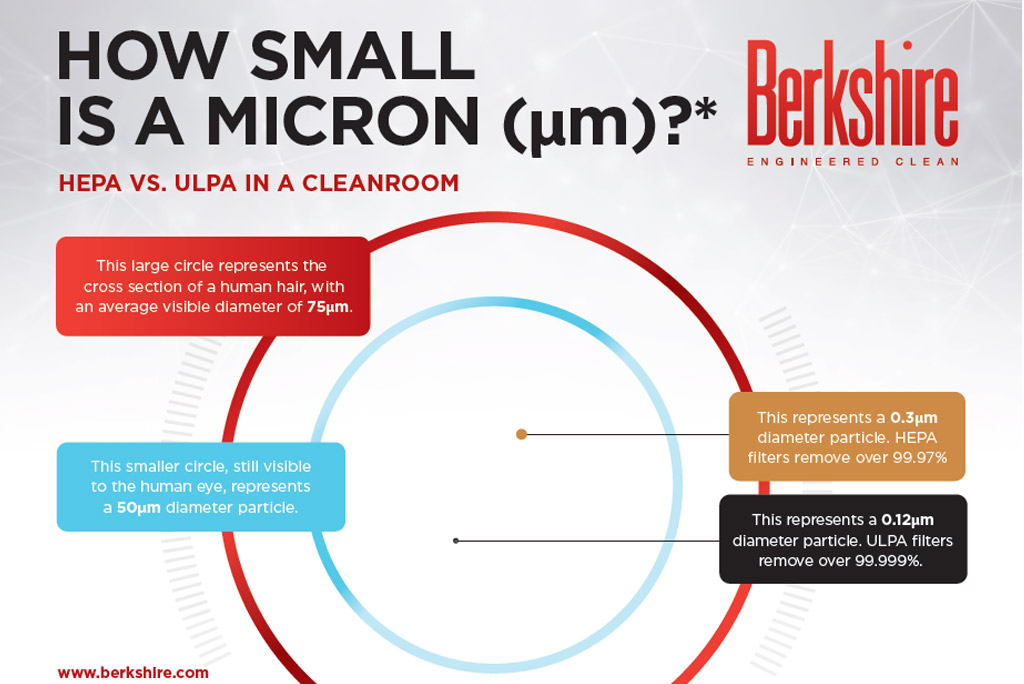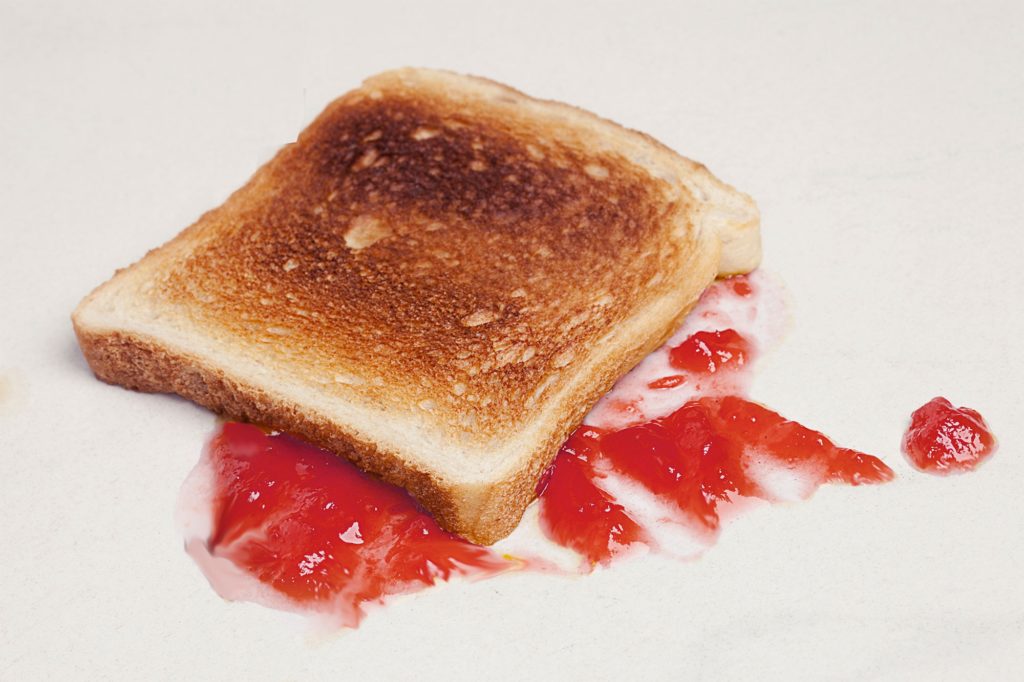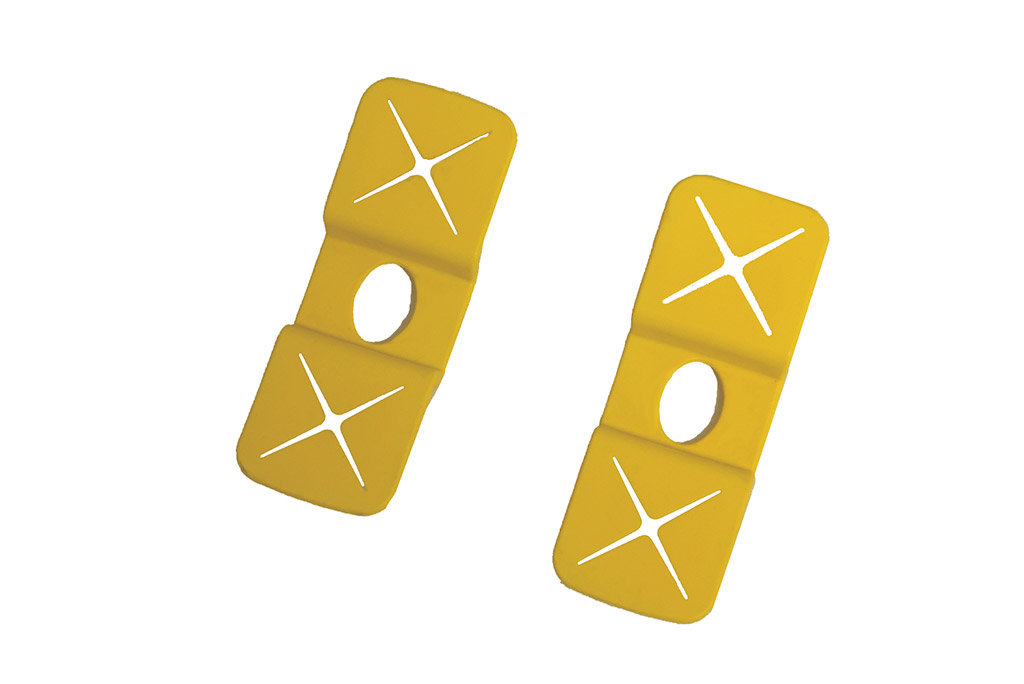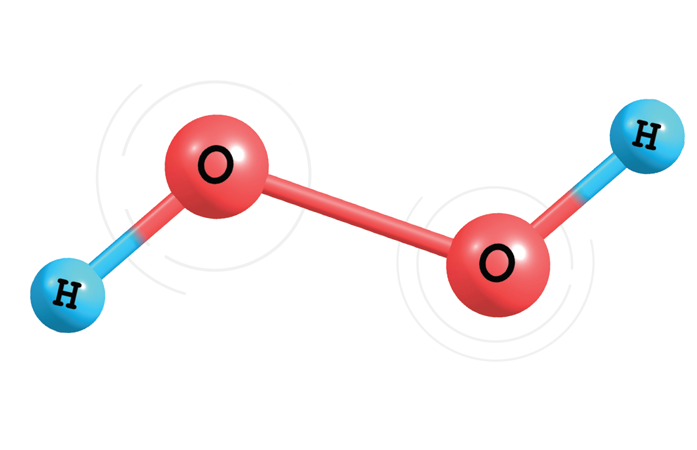A low endotoxin cleanroom wipe has a guaranteed endotoxin limit of <20 EU/device – <0.5 EU/mL. This is especially important when you read the FDA Guidance for Industry: Pyrogen and Endotoxins Testing. A 3rd party lab should perform the testing and the testing must be on a lot to lot basis. Printed documentation must be [Read More…]
Category Archives: Cleaning & Disinfection
Question: Has Berkshire or a 3rd party performed any microbial efficacy/kill studies on the SatPax® line of presaturated IPA wipers? Answer: An efficacy/kill study has not been performed by Berkshire or a 3rd party lab for SatPax®. Because of the number of variables involved when using wipes, it would be very difficult to produce meaningful [Read More…]
Figure 1. Randomly dispersed ultra-fine polyester strands within a non-woven microfiber wiper. In their pursuit of superior materials, textile scientists have been able to engineer a new type of nonwoven microfiber fabric. Traditional microfiber materials are comprised of very fine threads of polyester or polyester and nylon in which wedge-shaped strands are held within a [Read More…]
CLEANROOM PERSONNEL Cleanroom garments cannot contain all human detritus Particles (µm) travel up through the garments toward the head Particles (µm) fall down the legs during activity Gowning SOPs and continuous training is crucial
Berkshire’s Guide to properly fold and use a low-linting wiper for maximum efficiency and effectiveness in a controlled environment. Download our Cleanroom Proper Wiper Folding and Surface Cleaning Poster Today! Shop our Cleanroom Wipes
HEPA VS. ULPA IN A CLEANROOM 1. This large circle represents the cross section of a human hair, with an average visible diameter of 75μm. 2. This smaller circle, still visible to the human eye, represents a 50μm diameter particle. 3. This represents a 0.3μm diameter particle. HEPA filters remove over 99.97% 4. This represents [Read More…]
Your toast lands jelly side down on the floor. Could there be a more dramatic example of the contact transfer phenomenon described in “Particles on Surfaces 103”? You have no difficulty seeing the transfer of jelly to the floor and you can easily imagine that there is a simultaneous transfer of floor bacteria onto the [Read More…]
Introduction Pharmaceutical and medical device manufacturing personnel must cope with endotoxins – a contamination source unique to their industries. Endotoxins, also known as pyrogens, originate from dead (!) gram negative bacteria. When this strain of bacteria are killed by antibacterial reagents (say phenolic or quaternary ammonium compounds), radiation, steam sterilization, etc. the cell wall detritus [Read More…]
The yellow wiper clips are not autoclavable, but since they are detachable, simply remove them before autoclaving. All other components of the Ergonomic “V Mop” system are autoclavable. The V shape allows it to slip smoothly into the pouches of the mop covers reducing bending and decreasing injury.
Disinfection of Surfaces with Hydrogen Peroxide Of all the contamination control activities in a cleanroom, perhaps the most critical are disinfection procedures. That’s because human health depends on the quality and thoroughness of a surface disinfection wipedown. Many solutions can be considered for surface disinfection, but hydrogen peroxide and sodium hypochlorite (bleach) rate special attention. [Read More…]






